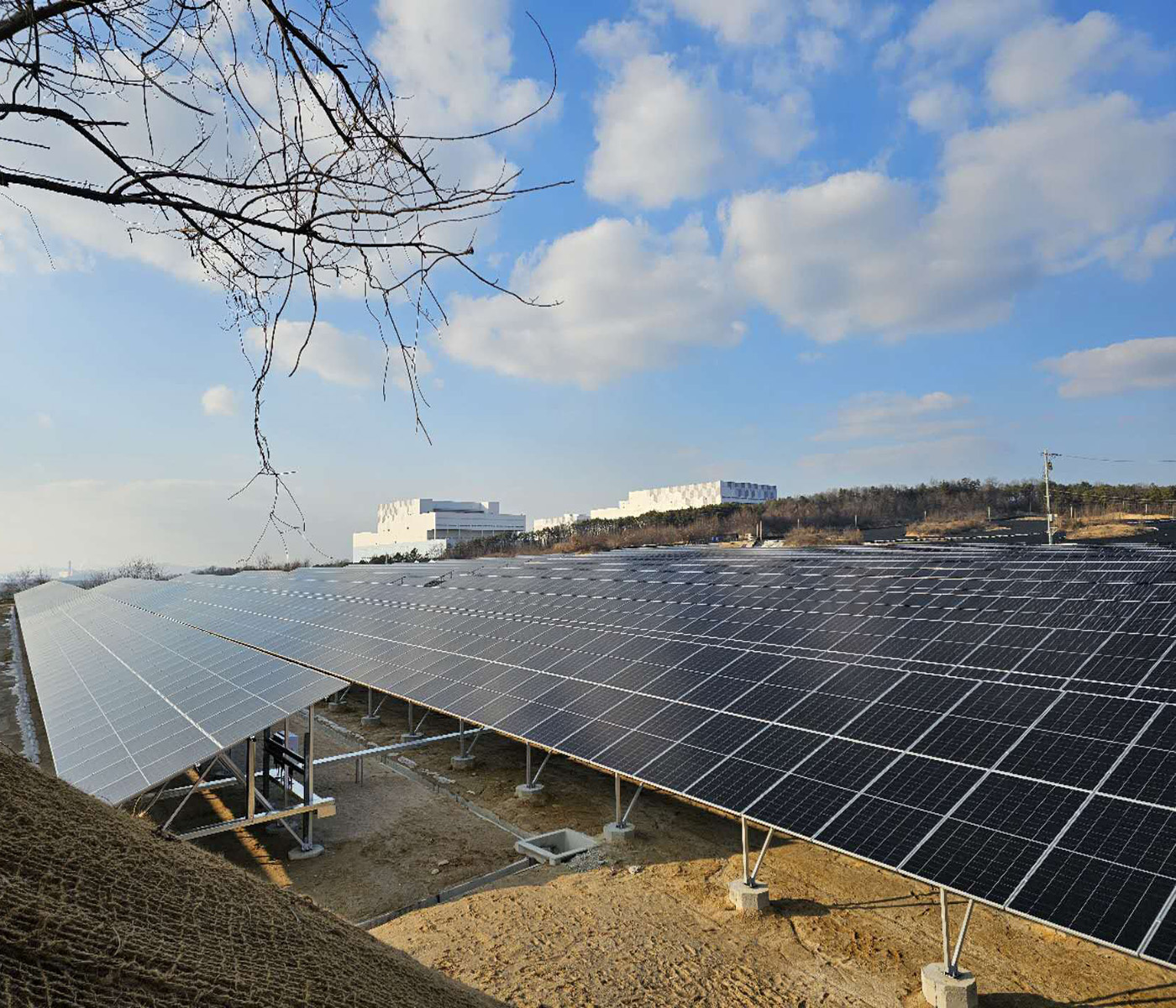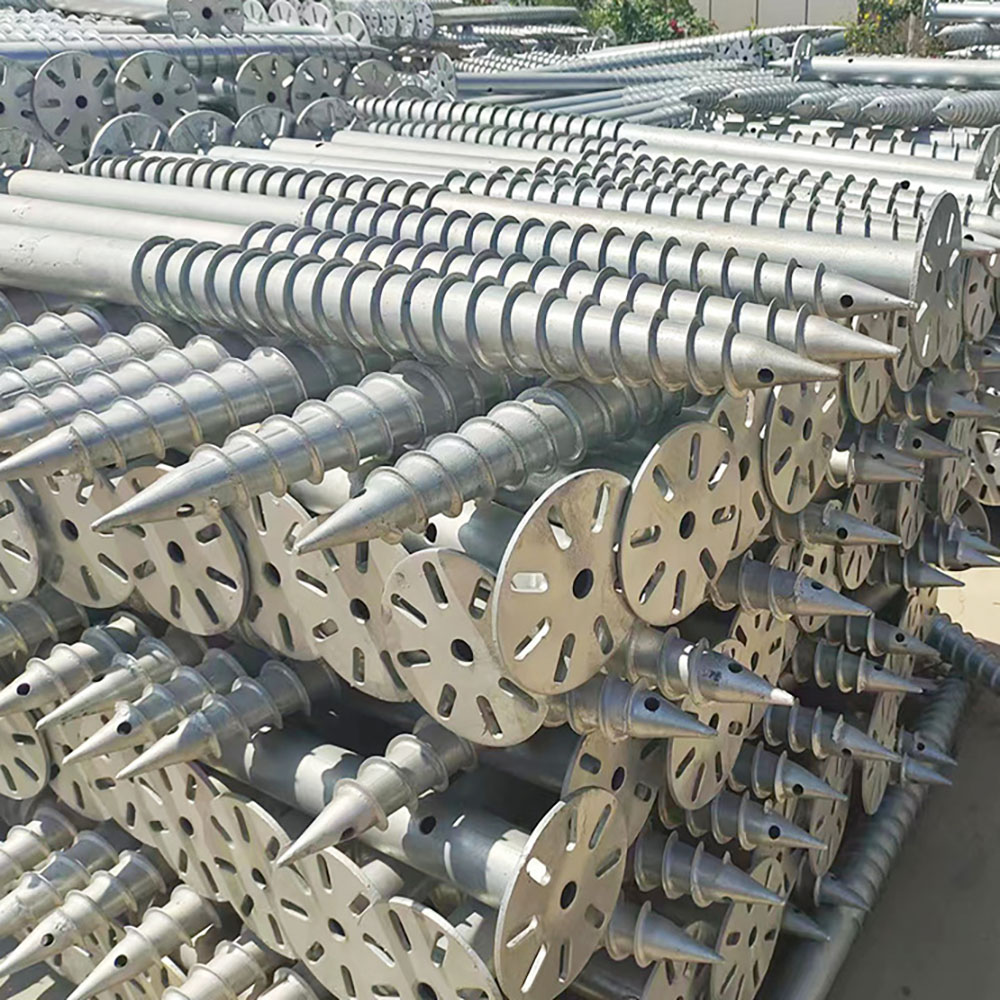Types of Ground-Based Solar Mounting Foundations
Types of Ground-Based Solar Mounting Foundations
Governments worldwide have introduced various incentive policies to foster the growth and adoption of renewable energy, with solar energy standing out as one of the most promising sources. Solar power generation systems are generally categorized into two main types: centralized systems, such as large-scale photovoltaic (PV) power plants in areas like northwest regions, and distributed systems, such as rooftop PV installations for industrial and commercial buildings. Below, we provide an overview of several common types of ground-based photovoltaic power generation systems.
1. Independent and Strip Concrete Foundations

Advantages:
Independent and strip concrete foundations use reinforced, extended foundations that are easy to construct and offer strong geological adaptability. The depth of the foundation can be relatively shallow, making them suitable for a range of soil conditions.
Disadvantages:
This foundation type requires a large volume of concrete work, significant manpower, and extensive earth excavation and backfilling, which can lead to a prolonged construction period. Additionally, this approach may result in considerable environmental disruption.
2. Spiral Pile Foundation Support

Spiral piles, also known as ground screw piles, are an alternative foundation system. These can be divided into two categories based on the presence or absence of a flange. They can also be categorized according to the shape of the screw's cotyledon, with options for narrow-blade continuous screw piles and wide-blade interval screw piles. This type of foundation is increasingly popular for its versatility and ease of installation.
3. Impact Pile Foundation Support

Impact pile foundations, sometimes referred to as metal fiber rod foundation
Advantages:
No excavation is needed, making it an environmentally friendly option.
The installation process is quick and can be carried out under various climatic conditions, unaffected by seasonal temperature changes.
Construction timelines are significantly shortened, and the process allows for easy relocation and recovery of the foundation.
During the piling process, the height of the foundation can be adjusted as needed.
Disadvantages:
Pile driving is challenging in areas with hard soil or abundant stone, which can damage the galvanized coating on the piles.
- In saline-alkali areas, the piles may suffer from poor corrosion resistance over time.
Each of these foundation types offers distinct advantages depending on site-specific conditions, project scale, and environmental concerns, making them suitable for different solar energy applications.





